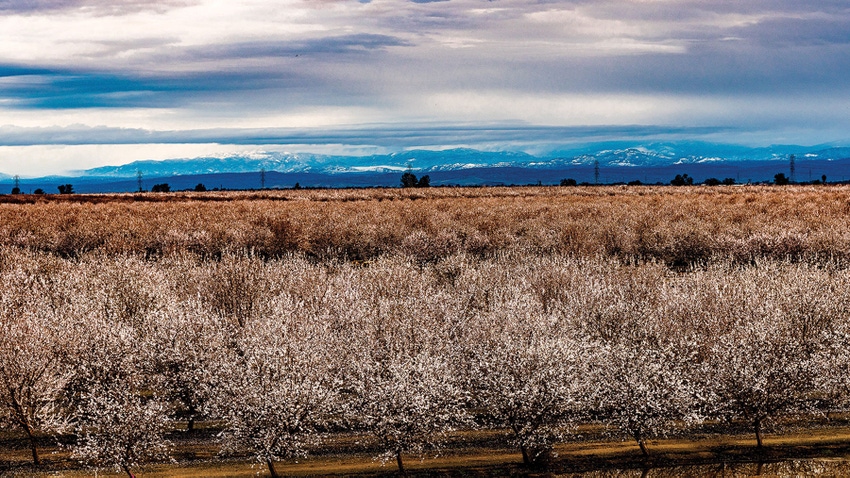
A nonprofit honeybee research organization has confirmed what a recently retired Washington State University bee expert suspected earlier this year – that 2022-23 was a particularly devastating year for honeybees.
About 48% of commercial bees farmed in the U.S. during a one-year period that started in April 2022 were lost, with Varroa mite attacks and the cold and wet winter named as primary causes, according to a survey by the University of Maryland and Auburn University.
The survey was done in collaboration with the Bee Informed Partnership, a data-driven research project with beekeepers that has been tracking a malady known as colony collapse disorder since 2007. The group’s vision is to create an environment where new and established beekeepers can be successful in maintaining healthy honeybee colonies, according to its website.
Over 60% of the 3,006 beekeepers from across the country who participated in the survey lost more than 21% of their bees – the threshold the industry considers “acceptable” -- over the winter, according to the researchers.
“High levels of losses do not necessarily result in a decrease in the total number of colonies managed in the United States because beekeepers can replace lost colonies throughout the year,” the authors wrote in their June 22 report.
Despite the losses, the overall number of colonies “remained relatively stable” throughout the year as beekeepers restocked them, the scientists observed.
“The situation is not really getting worse, but it’s also not really getting better,” lead author Nathalie Steinhauer of the University of Maryland told The Associated Press. “It is not a bee apocalypse.”
Predictions confirmed
The findings, which are preliminary, affirmed observations early this spring by recently retired WSU Extension associate professor Tim Lawrence, who largely blamed last year’s massively destructive hurricane in Florida and stormy winter in California for higher-than-average colony losses.
“I talked with a beekeeper recently who hadn’t lost more than 20% of his colonies in several years but lost 90% of his bees this year,” Lawrence told the university’s news service. “And he’s far from alone. I’ve heard from many beekeepers suffering high losses this year.”
Nearly all commercial beekeepers bring colonies to California to pollinate some 1.6 million acres of almonds, but there was an “acute shortage of bees” available this year, Lawrence noted. Part of the reason is that Florida, often a resource for replacing winter bee losses, suffered massive colony losses of its own because of Hurricane Ian.
The bees that were available stayed closer to their hives during this year’s blossom because of cold and wet weather, Almond Board of California president and CEO Richard Waycott said earlier this year.
As a result, California almond growers are expecting a 3% smaller crop this year, according to the first of two annual USDA reports. The subjective forecast of the upcoming almond crop – an opinion survey conducted of 500 almond growers from late April through early May – suggests a 2.5-billion-pound almond crop. Last year’s final production was 2.57 billion pounds.
The objective forecast, which is based on counts of almonds in nearly 1,000 orchards, is due out Friday, July 7.
About the Author(s)
You May Also Like






